Bread represents one of humanity’s most universal yet diversely interpreted culinary achievements. Every culture has developed unique approaches to this fundamental food, reflecting local ingredients, historical influences, and cultural values. For travelers who organize their journeys around culinary experiences, bread offers a window into the soul of a destination—a simple yet profound way to understand a place through taste.
Here is a list of 20 cities around the world where bread culture reaches extraordinary heights, making them perfect destinations for travelers whose itineraries follow the aroma of freshly baked loaves.
Paris, France
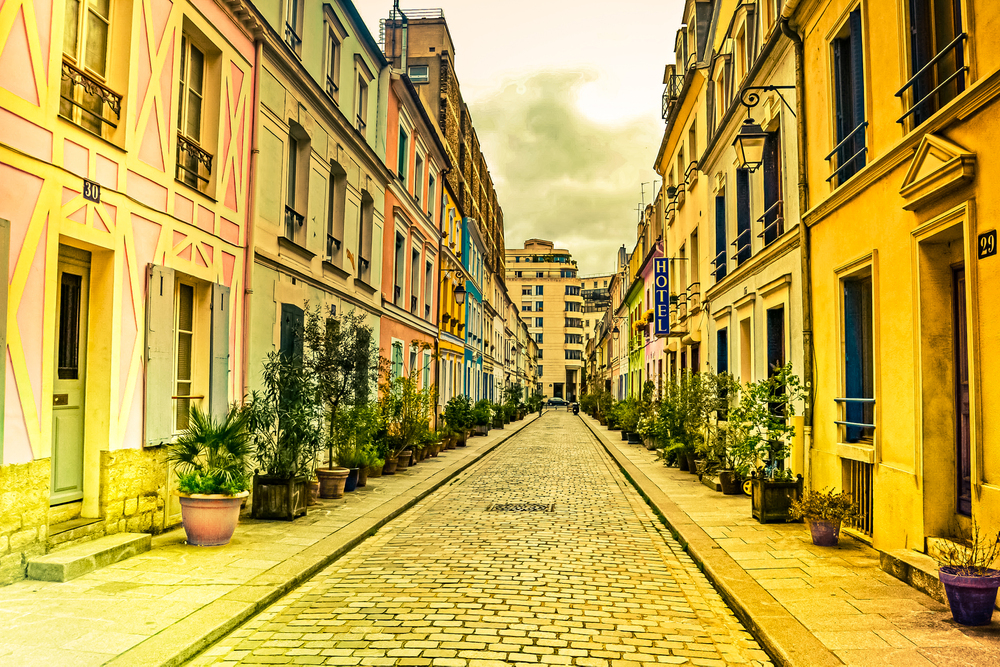
The French capital maintains uncompromising standards through strict regulations that ensure authentic boulangeries produce bread adhering to traditional methods and ingredients. Morning queues form outside renowned establishments like Du Pain et des Idées, where crusty baguettes with honeycomb interiors represent the pinnacle of French baking tradition.
Beyond the iconic baguette, visitors discover regional specialties like pain de campagne, whose natural fermentation creates complex flavors impossible to replicate outside this bread-obsessed culture. Since 1993, “baguette de tradition française” must follow strict rules prohibiting additives and requiring only flour, water, yeast, and salt.
Istanbul, Turkey
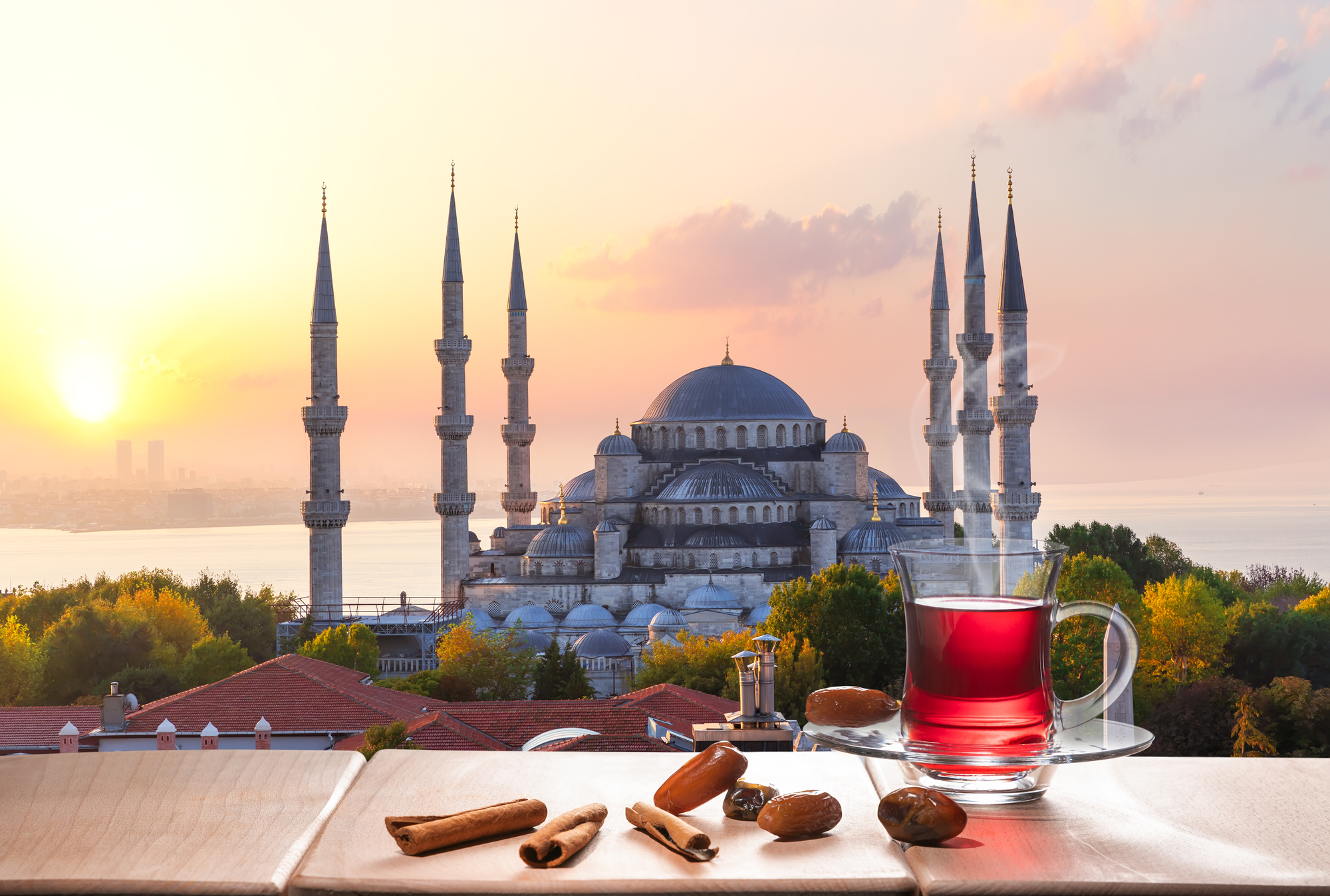
This transcontinental city preserves bread traditions spanning multiple empires, from Byzantine to Ottoman influences, that created a diverse bread landscape. Neighborhood fırıns (bakeries) produce warm pide bread throughout the day, while simit vendors thread the streets with sesame-crusted rings that fuel the city from dawn until dusk.
The reverence for bread runs so deep that many locals still practice the tradition of kissing bread that accidentally falls to the ground before placing it somewhere birds can find it. Simit dates back at least to the 16th century Ottoman Empire and remains a national symbol of street food.
Like Travel Pug’s content? Follow us on MSN.
San Francisco, USA

The foggy Bay Area climate created perfect conditions for the development of sourdough bread with its distinctive tangy flavor profile that has become synonymous with the city. Tartine Bakery draws international pilgrims seeking Chad Robertson’s perfectly caramelized loaves with dramatically open crumb structures and profound depth of flavor.
The city’s sourdough tradition dates to the Gold Rush days when miners valued the bread’s long shelf life and distinctive taste produced by the region’s unique wild yeast strains. Lactobacillus sanfranciscensis, the bacteria that gives San Francisco sourdough its signature tang, was officially named after the city.
Copenhagen, Denmark

The New Nordic food movement revolutionized traditional rugbrød (rye bread) by emphasizing ancient grains, extended fermentation, and locally sourced ingredients. Bakeries like Mirabelle and Juno combine modern techniques with traditional methods to create dense, nutrition-packed loaves studded with seeds and whole grains that form the foundation of smørrebrød open-faced sandwiches.
The city’s revival of heritage grain varieties has inspired a new generation of bakers focused on sustainability and flavor complexity. Denmark ranks among the highest per capita rye bread consumers in Europe, with rugbrød often served at every meal.
Kyoto, Japan

This ancient capital offers unique Japanese interpretations of bread, melding Western techniques with distinctly Japanese flavors and aesthetic sensibilities. Bread shops like Kangaeru Pan Ya create architectural shokupan (milk bread) with impossibly soft, cloud-like textures alongside creative-filled buns incorporating seasonal ingredients like sakura, yuzu, or chestnut.
Morning bakery culture has become a meaningful part of daily life despite the country’s rice-based culinary history, demonstrating how bread continues evolving across cultural boundaries. Japan is the largest consumer of wheat in East Asia, with bread overtaking rice in breakfast popularity among urban households.
Like Travel Pug’s content? Follow us on MSN.
Beirut, Lebanon
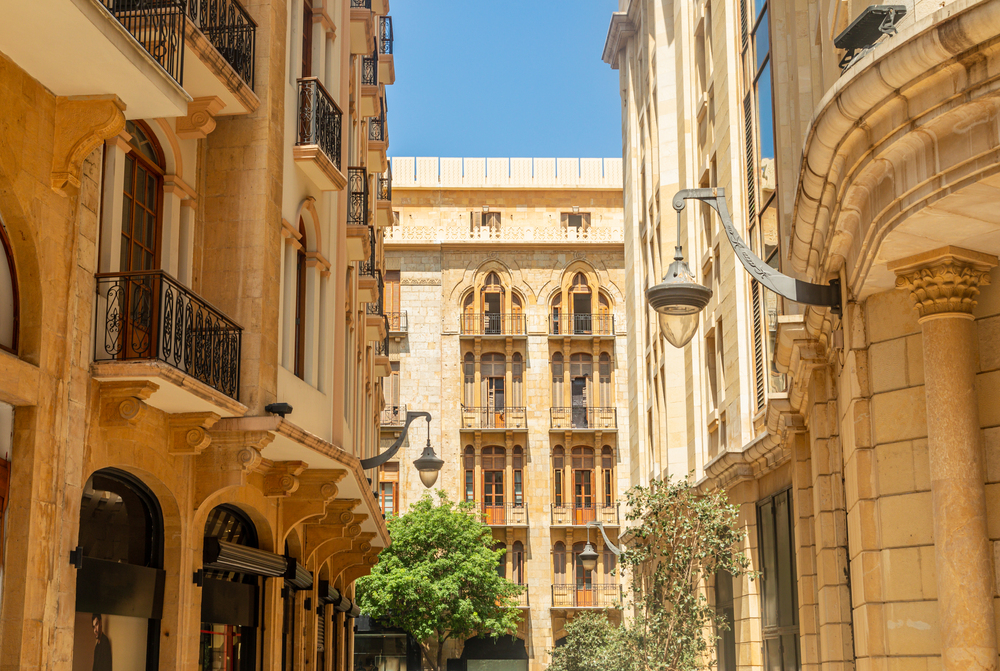
Lebanon’s capital showcases how bread functions as both daily sustenance and a social connector in Middle Eastern culture through neighborhood bakeries producing fresh manoushe flatbreads topped with za’atar and olive oil. Families bring the homemade dough to communal ovens, where conversations flow while the bread bakes, maintaining centuries-old traditions.
The Lebanese diaspora has carried these bread-making techniques worldwide, but nothing compares to experiencing them in context with local olive oils and fresh herbs from nearby mountains. UNESCO added Lebanon’s flatbread-making practices to its list of Intangible Cultural Heritage in 2020.
Munich, Germany

The Bavarian capital takes bread seriously, with over 3,200 officially recognized bread varieties across Germany represented in city bakeries that maintain strict quality standards. Pretzel culture reaches its zenith here, where perfectly twisted dough achieves the distinctive mahogany crust through lye-washing techniques mastered over generations.
The city’s bread culture intertwines deeply with its beer tradition, with similar fermentation principles applied to both these staple products central to Bavarian identity. Germany’s bread culture was recognized by UNESCO as Intangible Cultural Heritage in 2014.
Marrakech, Morocco

The ancient medina contains hidden bakeries where neighborhood women bring their prepared dough for baking in communal wood-fired ovens that have operated continuously for centuries. The distinctive round khobz loaves develop fantastic flavor from these traditional ovens, with slight variations between city quarters reflecting hyper-local traditions.
Morning bread routes involve specialized delivery persons balancing dozens of loaves atop wooden boards and navigating narrow alleyways to ensure fresh bread reaches every household. These communal ovens, known as farran, are often operated by families over multiple generations.
Like Travel Pug’s content? Follow us on MSN.
Mexico City, Mexico
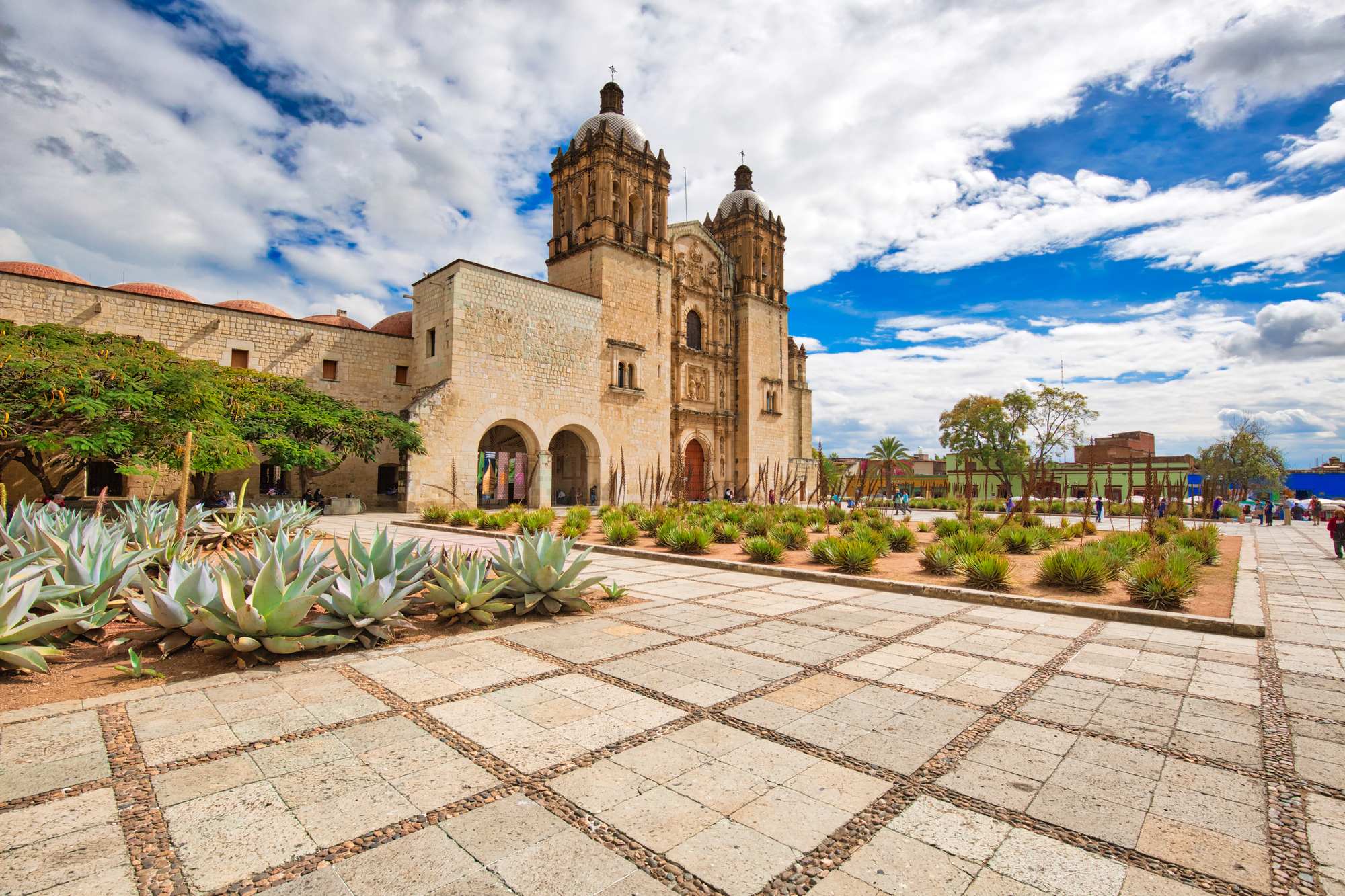
The sprawling capital preserves pre-Hispanic cornbread traditions alongside colonial-era wheat baking influences that created distinctive pan dulce varieties found nowhere else. Iconic bakeries like Pastelería Ideal display mountains of conchas, orejas, and countless regional specialties across tables stretching the length of city blocks.
The city’s bread culture intensifies particularly around Day of the Dead celebrations when specialized pan de muerto loaves adorned with bone-shaped decorations connect culinary tradition with spiritual practices. Mexico has over 1,200 varieties of bread, making it one of the most diverse bread cultures in Latin America.
Naples, Italy

Though famous for pizza, this southern Italian city harbors equally impressive bread traditions featuring loaves designed specifically to highlight local ingredients. The crusty exterior and light interior of pane cafone perfectly complement the region’s sun-ripened tomatoes and buffalo mozzarella in a harmonious flavor combination.
Neighborhood forni connects residents with baking traditions passed through generations, where every family maintains loyalty to their preferred local bakery, producing exactly the right texture for proper scarpetta (sauce-mopping). Pane cafone is protected by a Slow Food Presidium, preserving traditional Campanian bread-making methods.
Melbourne, Australia
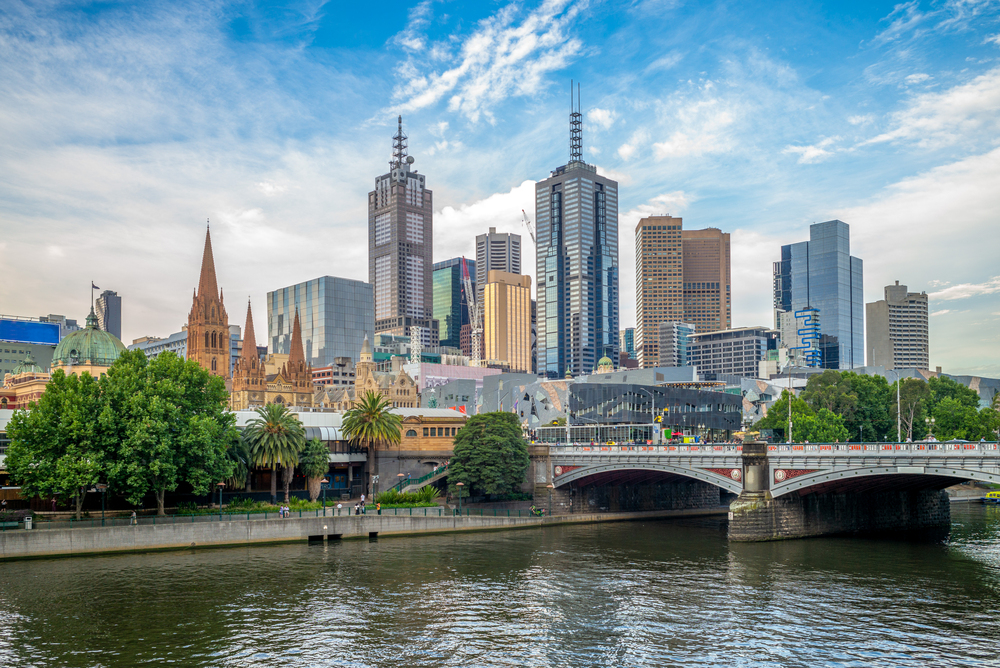
This multicultural hub transformed Australian bread culture by integrating European traditions with innovative approaches at influential bakeries like Baker D. Chirico and Tivoli Road. Sourdough culture flourishes alongside specialized breads reflecting the city’s diverse immigrant populations, from Turkish pide to Vietnamese baguettes.
The city hosts bread competitions drawing international talent, cementing Melbourne’s reputation as the Southern Hemisphere’s most dynamic bread destination. Melbourne’s bread scene has been ranked among the top ten globally by food critics, often referred to as the “sourdough capital of Australia.”
Like Travel Pug’s content? Follow us on MSN.
Tbilisi, Georgia

The Georgian capital preserves ancient baking methods within tone bakeries, where bakers press dough against the walls of circular clay ovens to create distinctively boat-shaped shoti bread. The dramatic baking process becomes a street theater as skilled bakers reach deep into blazing hot-tone ovens to retrieve perfectly baked loaves using specialized long hooks.
The fundamental importance of bread in Georgian culture appears in the language itself, where the word for bread (puri) forms the root of words for meal, feast, and friendship. Shoti puri is traditionally served at every meal and is considered a symbol of hospitality in Georgian culture.
Vienna, Austria

The imperial capital maintains over 300 officially registered bread varieties through a rigorous apprenticeship system that ensures traditional methods survive alongside innovation. The distinctive oval-shaped Vienna loaf, with its glossy crust and tender crumb, became so influential that bakers worldwide still refer to certain techniques as the ‘Viennese method.’
The city’s coffee house culture depends on perfect Kaiser rolls and salted breadsticks that demonstrate the precision Austrian bakers bring to even the simplest bread products. Austria’s bread-making heritage was recognized by UNESCO in 2016 as part of its Intangible Cultural Heritage list.
Portland, USA

This Pacific Northwest city sparked America’s artisanal bread renaissance through pioneering bakeries like Ken’s Artisan Bread that emphasized long fermentation and wood-fired baking. The city’s collaborative atmosphere encourages bakers to experiment with local grains, alternative flours, and unconventional inclusions while maintaining high standards for traditional techniques.
Portland’s bread culture connects urban consumers directly with regional grain farmers through innovative supply chains that preserve wheat varieties that might otherwise disappear. Portland-based initiatives like the Portland Bread Lab have helped reintroduce heritage grains like Red Fife and Edison.
Like Travel Pug’s content? Follow us on MSN.
São Paulo, Brazil
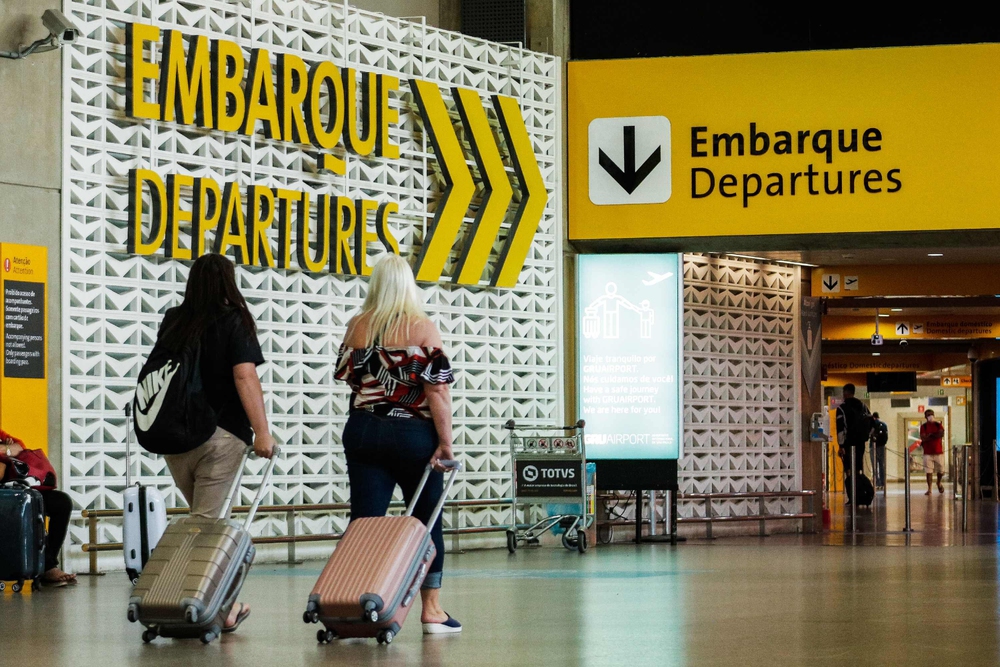
This massive metropolis showcases how European bread traditions transplanted through immigration evolved distinctively within Brazilian culture. Portuguese-influenced pão francês, with its uniquely crunchy crust and airy interior, provides the foundation for simple morning meals in thousands of padarias across the city.
The vibrant Brazilian-Italian communities maintain their specialized bread traditions, creating a cross-cultural bread landscape that continues evolving through each generation. Brazil consumes an estimated 5.9 million tons of wheat annually, much of it used for bread.
Tel Aviv, Israel

This Mediterranean city embraces both innovation and tradition across its diverse bakery landscape, from perfect Jerusalem bagels to rustic Yemeni kubaneh bread. Challah reaches its artistic zenith every Friday when bakeries produce intricate braided loaves for Shabbat meals that balance technical skill with cultural significance.
The city’s contemporary bakeries, like Lehamim, blend traditional Jewish diaspora recipes with modern techniques, creating a distinctive Israeli bread identity from multiple international influences. Tel Aviv is home to over 700 bakeries and is considered one of the Middle East’s most dynamic bread scenes.
Helsinki, Finland
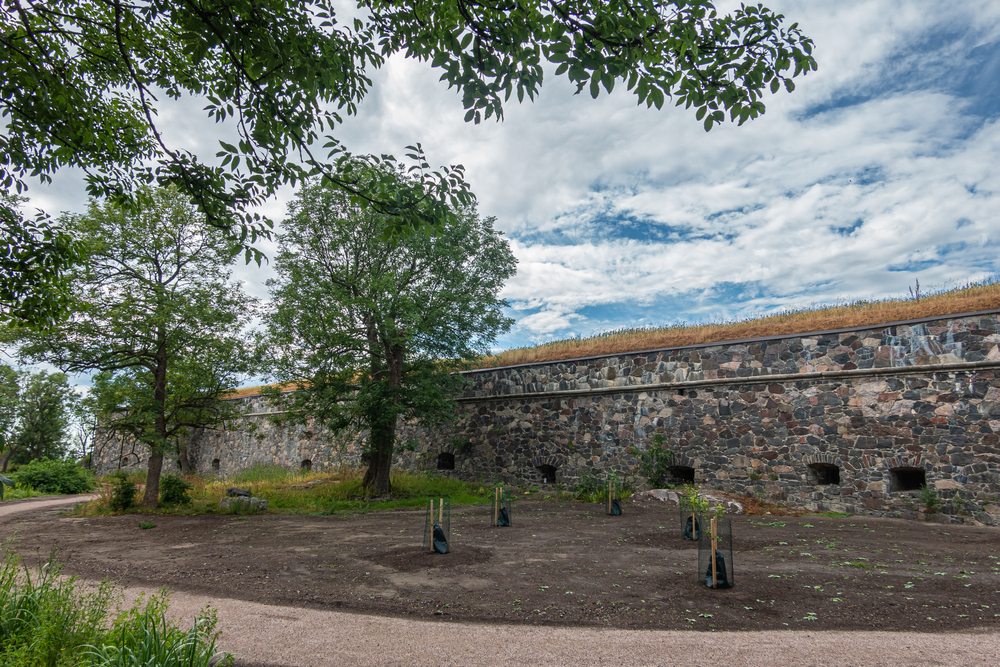
The Finnish capital preserves Northern European bread traditions centered around rye and other grains suited to harsh climates, creating dense, flavorful loaves designed to sustain through long winters. The distinctive ring-shaped reikäleipä bread with its center hollow evolved from practical storage solutions, designed to hang on poles near ceilings where bread would stay preserved longer.
Modern Helsinki bakeries like Leipomo Keisari balance these ancient techniques with contemporary approaches, creating distinctively Finnish bread expressions. Over 70% of Finnish households consume rye bread weekly, making it the national staple.
Like Travel Pug’s content? Follow us on MSN.
Fez, Morocco
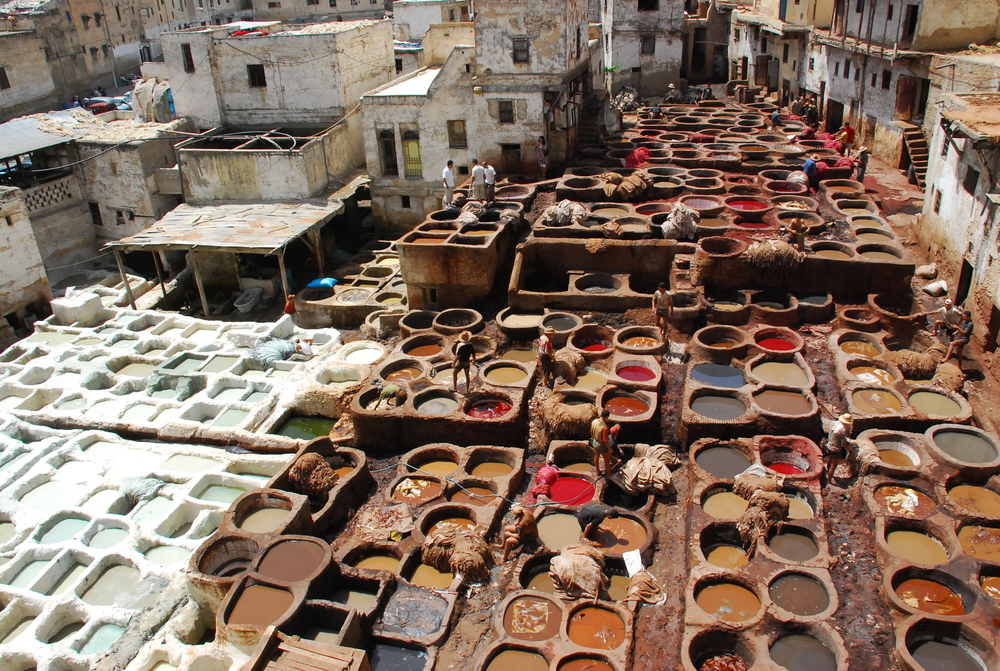
This ancient city maintains communal bread culture through neighborhood Ferran bakeries, where families bring individually prepared dough for baking in shared wood-fired ovens. The distinctive Moroccan flatbreads develop complex flavors from these traditional ovens while strengthening community bonds through daily bread preparation rituals.
The city’s bread culture extends to ceremonial loaves for special occasions, often decorated with intricate patterns pressed into dough before baking to mark celebrations within families. The ferran model in Fez dates back to at least the 9th century and is still integral to daily life.
Taipei, Taiwan

This East Asian capital demonstrates how European baking techniques blend with local ingredients and sensibilities to create uniquely Taiwanese bread expressions. Bakeries like Wu Pao Chun create award-winning loaves incorporating local ingredients like longan fruit, red wine, and rose essence that bridges cultural traditions.
The city’s distinctive scallion bread provides the perfect accompaniment to traditional breakfast soy milk, demonstrating how bread has been integrated into Chinese culinary traditions. Wu Pao Chun won the title of “World’s Best Baker” in Paris in 2010, bringing global attention to Taiwan’s bread culture.
Delhi, India

India’s capital offers a rich, layered bread culture shaped by centuries of Mughal, Persian, and regional Indian influences. Delhi’s street food scene brims with fresh tandoori roti, kulcha, and naan—breads often cooked in clay ovens embedded in walls of humble food stalls.
Local specialties like stuffed parathas from Chandni Chowk, served with butter and tangy pickles, transform simple dough into hearty meals. In Old Delhi’s historic alleys, bakers produce sheermal (a saffron-infused sweet flatbread) and baqarkhani, both rooted in Mughal-era traditions. The city’s bread offerings are inseparable from its rhythm of life—spicy, aromatic, and grounded in deep cultural memory.
Like Travel Pug’s content? Follow us on MSN.
Purveyors of Daily Wonder
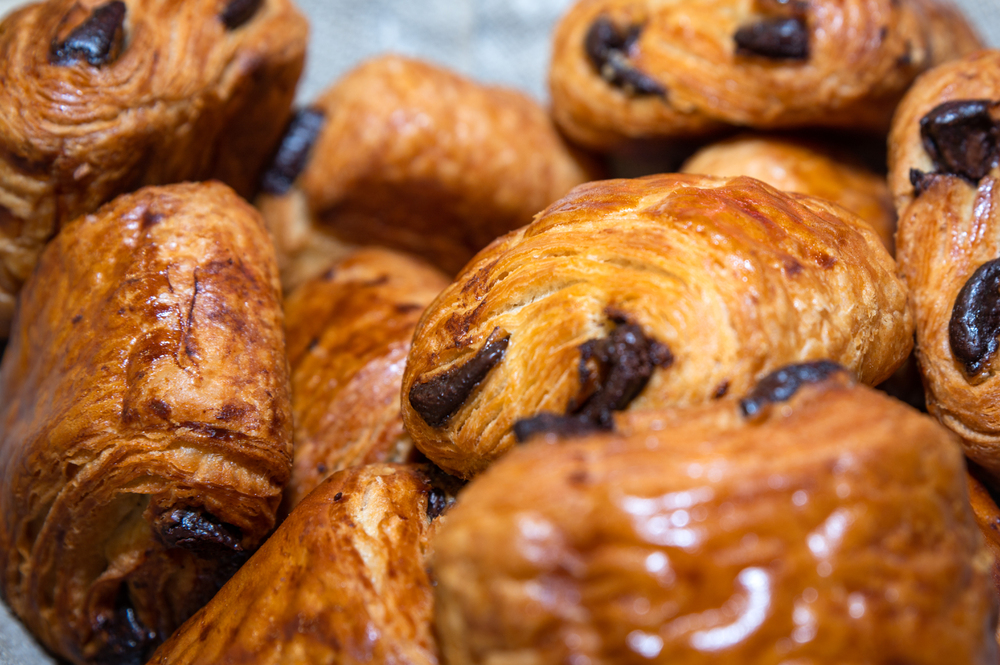
These cities remind us that bread transcends mere sustenance—it represents cultural identity, community connection, and artistic expression through seemingly simple combinations of flour, water, salt, and time.
For travelers who organize journeys around bread, these destinations offer not just exceptional eating experiences but windows into the soul of each place through its most fundamental food. The perfect loaf, whether an intricate pastry or humble flatbread, tells the story of geography, history, and human ingenuity in every bite.
More from Travel Pug

- Cities Growing so Fast You Won’t Recognize Them in 10 Years
- 13 Destinations Where Tourists Regularly Regret Their Trip
- 20 Obscure WWII Sites Even History Buffs Don’t Know About
- 10 Under-the-Radar Mountain Towns That Are Both Affordable and Beautiful
- Remote Villages in Europe Where You Can Live for Free in Exchange for Work
Like Travel Pug’s content? Follow us on MSN.
